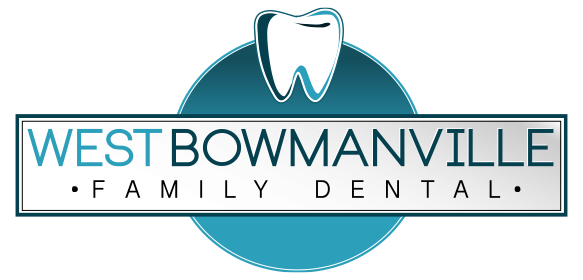Your bite or occlusion is probably not something you have considered, but it can affect your dental health in Bowmanville. Your occlusion is how your teeth fit together; ideally, your upper and lower teeth should bite together evenly with minimal interference. The ideal bite is a class I occlusion, where your lower front teeth sit just behind your upper front teeth when they bite together. A class II bite is when the lower front teeth bite further behind the upper front teeth. In a class III bite, the lower front teeth will bite in front of the upper front teeth instead of behind.
Very few people naturally have an absolutely perfect bite, but problems can occur when there are more significant problems with occlusion, an issue called malocclusion in Newcastle. When this happens, it can create unnecessary force on your teeth when you bite and chew food and on your gums, facial muscles and jaw joints.
What are the Potential Signs of Malocclusion?
When teeth bite together inaccurately, several signs can occur. These include excessive tooth wear and tear; teeth might look chipped or cracked, and biting edges may look thinner and almost transparent. Gum recession can occur because of excessive forces during biting and chewing. As teeth wear down, they may feel increasingly sensitive due to the loss of tooth enamel that exposes the dentin underneath. Dentin more easily transmits sensations of hot, cold, sweet and sour foods to the tooth nerve in the centre.
Malocclusion can result in clenching and grinding, called bruxism in Clarington. Bruxism frequently occurs at night, and people with this condition can wake up with an aching jaw, facial muscles, or even neck ache. Bruxism can cause headaches, and the wear and tear on jaw joints can result in jaw pain, or these joints might make a clicking or popping sound when you open and close your mouth. Moving your jaw might become increasingly painful.
When you visit West Bowmanville Family Dental for a checkup, we evaluate your occlusion, getting you to bite your teeth together so we can assess how well they meet and if there are any problems with malocclusion.
What Happens If I Have Malocclusion?
If you have signs of malocclusion, there might be several ways to treat it, depending on the cause. Sometimes, it can be treated quite easily by adjusting the biting or occlusal surface of one or more teeth. Treatment might involve reshaping these surfaces or adjusting your bite with dental restorations like crowns, bridges or dental bonding, where tooth-coloured composite resin is placed onto the tooth surfaces. Using restorative treatments such as these can also help address any damage caused to teeth and help to protect and preserve them.
Another option is orthodontics. Treatments like Invisalign can realign teeth so they bite together correctly using the latest clear aligner technology. One advantage of Invisalign is the treatment is virtually invisible, and the system is very easy to use and can provide excellent, predictable results.
If the problem has affected your jaw joints, so it is painful or tricky to open your mouth comfortably or move your lower jaw from side to side, you may need TMJ therapy. This type of therapy can involve several treatments and sometimes other professionals like chiropractors, physiotherapists, and cranio-mandibular specialists to address the problem effectively.
Ensuring you have a stable occlusion where you can bite and chew comfortably helps protect your dental health and ensures you can enjoy good functionality and a healthy smile.

